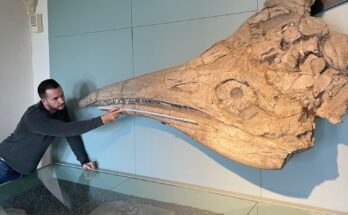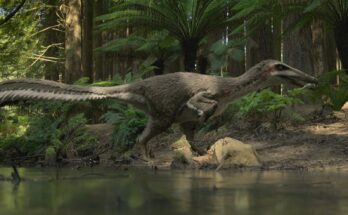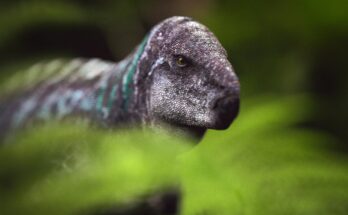Introduction
Deep in the heart of prehistoric South America, a true giant once roamed—Austroposeidon, one of the largest dinosaurs ever discovered in Brazil. This massive, long-necked titan shook the earth with every step, yet its story remained hidden for millions of years.
In this in-depth exploration, we’ll uncover:
✔ The dramatic discovery of Brazil’s biggest dinosaur
✔ What made it a titan—size, anatomy, and adaptations
✔ How it lived in Cretaceous South America
✔ Why it matters in the dinosaur family tree
Get ready to meet the king of Brazilian dinosaurs!
Chapter 1: Discovery & Naming—Unearthing a Giant
The Historic Find (1953-2016)
- First discovered in 1953 by legendary Brazilian paleontologist Llewellyn Ivor Price, but not studied in depth for decades.
- Finally named Austroposeidon magnificus in 2016—meaning “magnificent southern earthquake god” (a nod to its size and Brazilian origins).
- Only partial remains found—vertebrae and rib fragments—but enough to estimate its staggering size.
Why It Took So Long to Study
- Fossil preparation is slow, and Brazil’s paleontology infrastructure was underdeveloped for years.
- The bones were extremely fragile, requiring careful handling.
Fun Fact: Austroposeidon was so big that when it walked, the ground likely trembled like an earthquake—hence its name!
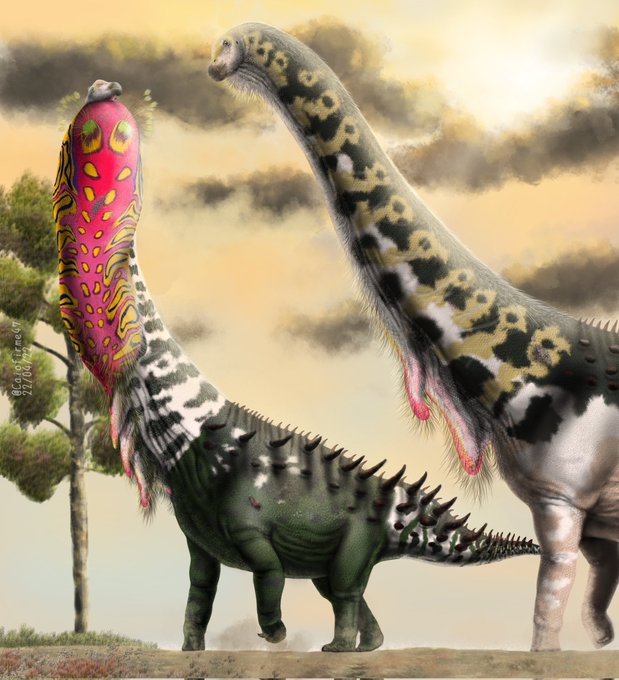
Chapter 2: Anatomy of a Titan
Size & Scale
- Length: Estimated 82-100 feet (25-30 meters)—as long as a blue whale!
- Height: Up to 40 feet (12 meters) at the shoulder—taller than a 3-story building.
- Weight: 50-70 tons—heavier than 10 elephants combined.
Distinctive Features
✔ Enormous neck vertebrae—suggesting a long, flexible neck for high browsing.
✔ Air-filled bones (pneumatization) to reduce weight.
✔ Thick, sturdy limbs to support its massive bulk.
How It Compared to Other Giants
- Bigger than Argentinosaurus? Possibly—but too few fossils to be sure.
- Similar to Dreadnoughtus, another South American titan.
Myth Buster: Despite its size, Austroposeidon was not the biggest dinosaur ever—but it’s certainly in the top 5!
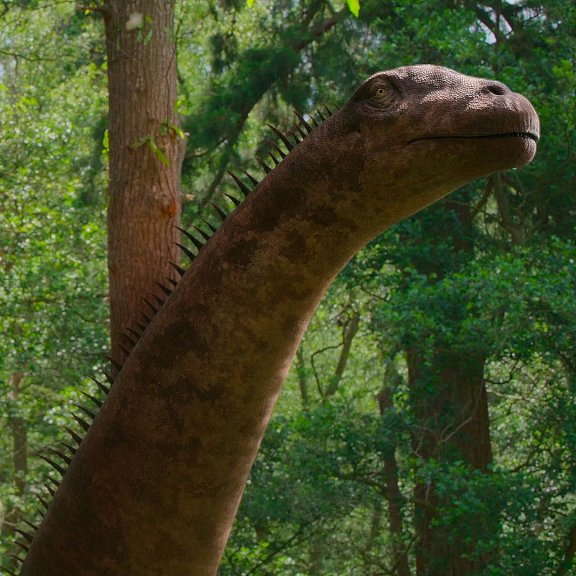
Chapter 3: Life in the Cretaceous Amazon
Habitat & Environment
- Lived 85 million years ago in what is now São Paulo, Brazil.
- At the time, the region was a lush, river-filled floodplain—perfect for giant herbivores.
Diet & Feeding
- Ate towering conifers, ferns, and cycads—stripping leaves with peg-like teeth.
- Neck allowed it to graze at multiple heights, like a giraffe + bulldozer hybrid.
Predators & Threats
- Few predators could take on an adult, but young may have been hunted by large theropods.
- Disease, old age, and competition were likely bigger threats than predators.
Big Question: Did Austroposeidon live in herds, or was it solitary?
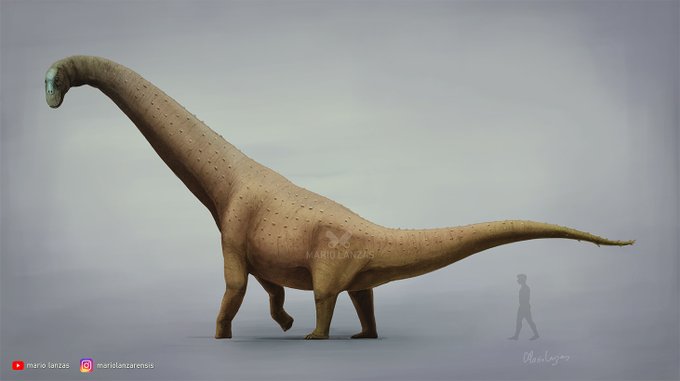
Chapter 4: Why Austroposeidon Matters
A South American Titan
- Proves that super-sized sauropods thrived across South America, not just Argentina.
- Helps fill gaps in the evolution of titanosaurs.
Brazil’s Paleontological Treasure
- One of the most complete giant sauropods found in Brazil.
- Inspires new generations of Brazilian fossil hunters.
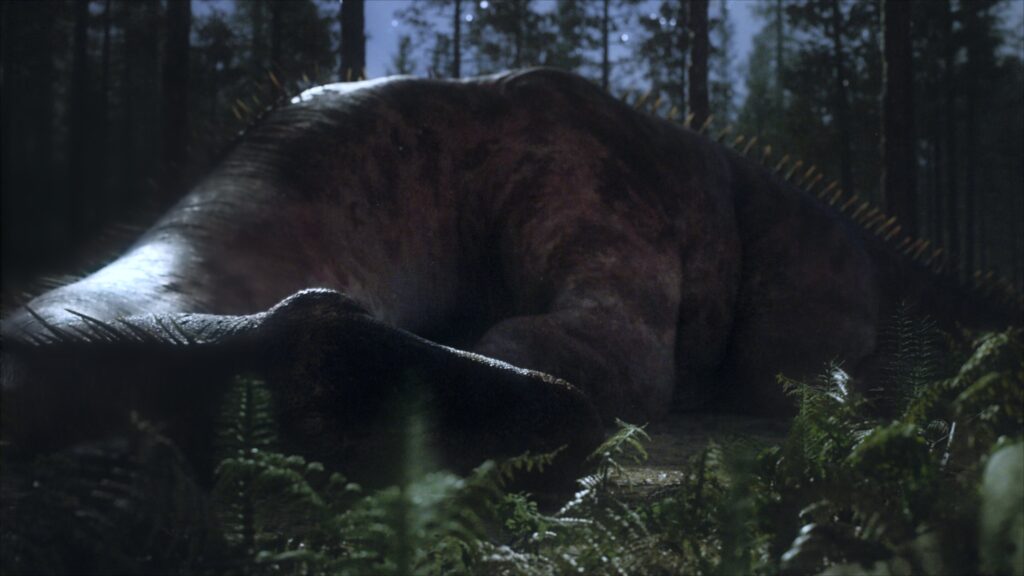
Chapter 5: Extinction & Legacy
The End of the Giants
- Died out in the Cretaceous-Paleogene extinction (66 million years ago).
- Its lineage lives on in birds, the only surviving dinosaurs.
Where to See It Today
- Fossils displayed at the Museum of Earth Sciences (Rio de Janeiro).
Conclusion: The Earthquake Lizard’s Reign
Austroposeidon was a true titan of the tropics, proving that South America was a land of giants. Though only fragments remain, its legacy shakes up our understanding of prehistoric life.
Final Thought: If Austroposeidon still roamed Brazil today, would humans have built cities—or just gotten out of its way?
Want More Titanosaur Secrets?
✅ Follow for more colossal dinosaur stories!
✅ Comment: What’s the biggest dinosaur you’ve heard of? 🦕🌎
